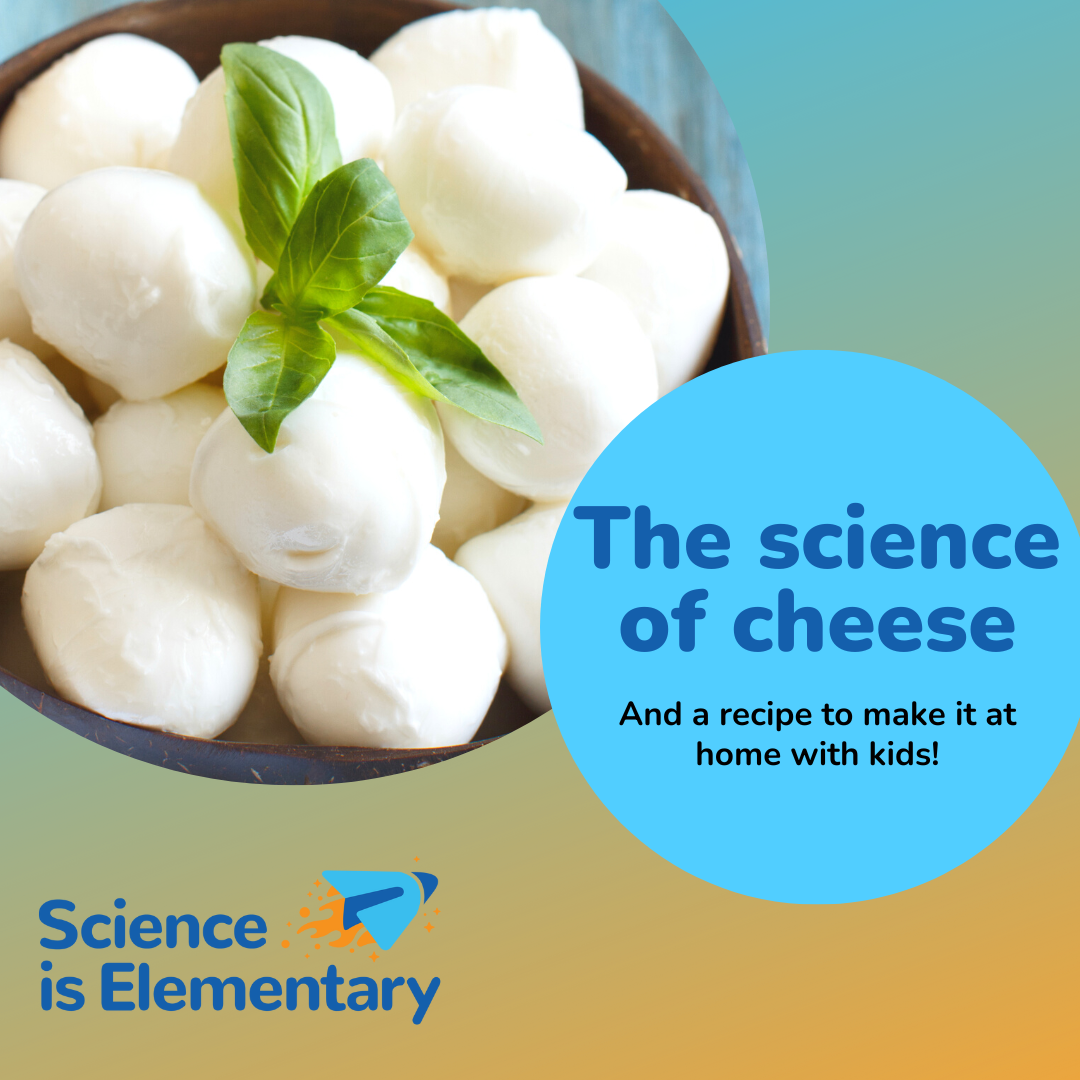A delectable experiment: Making cheese
Who doesn't love cheese? It's a delicious food with hundreds of varieties, each with a unique flavor. And it's not just for adults; kids love cheese, too!
But have you ever wondered how cheese is made? It's a pretty cool science experiment you can do at home with your kids, especially during National Cheese Month in September.
The science of cheese
Cheese is a delicious food that can be made at home with just a few simple ingredients. However, there's a lot of science that goes into making cheese.
milk + enzymes = cheese
Cheese is made by adding enzymes to milk. The enzymes break down the milk proteins into smaller molecules, forming the solid cheese.
Cheese as a kids’ science experiment
One of the best things about cheese is that it makes for a great science experiment for kids. It's a delicious way to learn about the chemical process of coagulation, and it's also a whole lot of fun.
There are a few different ways to make cheese at home, and each one can be slightly different. The most important thing is to use fresh, high-quality milk. You can use whole, skim, or even raw milk if you can find it.
Once you have your milk, you must heat it to a specific temperature. This can be done on the stovetop, in a slow cooker, or in a special cheese-making pot. Once the milk is heated, you'll add a starter culture and let it sit for a few minutes.
After the starter culture has been added, you can add rennet. This is a special enzyme that helps the milk to coagulate. You can find rennet at most health food stores or order it online. Once the rennet has been added, you'll need to let the milk sit for a few hours to form the cheese.
Check out this video of students Lyra and Sophia making cheese with rennet.
Making cheese with simple household ingredients
Here’s a recipe to make fresh mozzarella cheese with household ingredients:
So, there you have it: a delicious and easy cheese recipe that you can make at home with just a few simple ingredients. Not only is it a great science experiment for kids to learn from, but it's also a great way to enjoy some delicious cheese.


